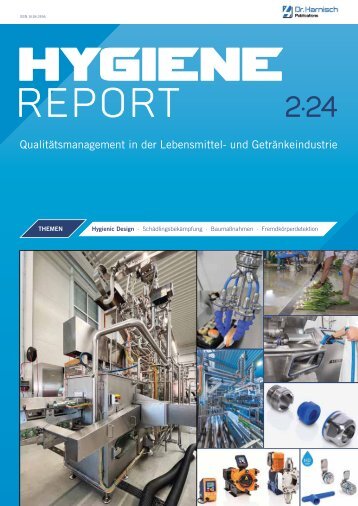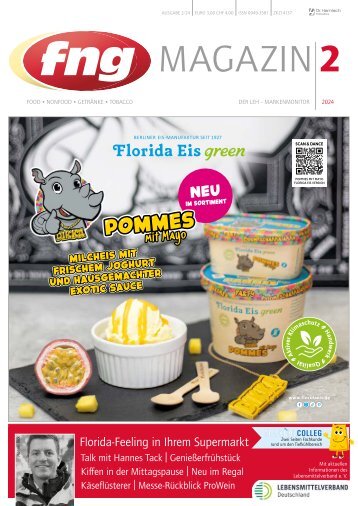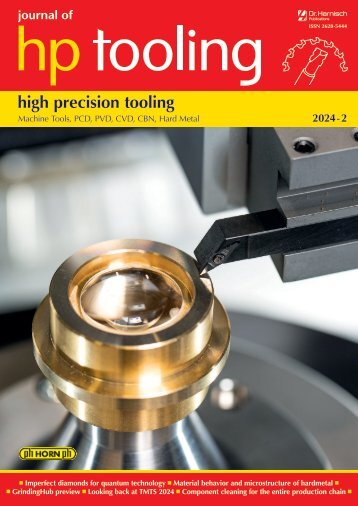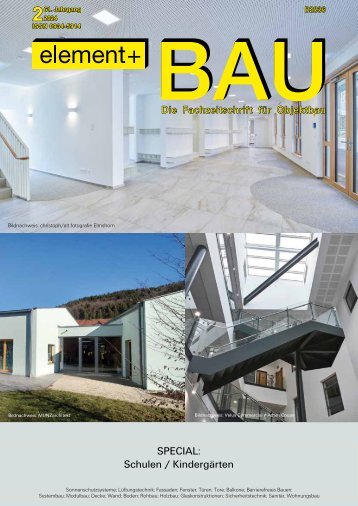WiN woodworking INTERNATIONAL 2020/3
- Text
- Woodworking magazine
- Woodworking
- August
- Products
- Materials
- Circular
- Robot
- Blades
- Profiles
- Briquetting
- Extraction
- Harnischcom
TOOLS ANCA machine
TOOLS ANCA machine innovation and software Complete package for producing woodworking tools, reducing set-up times ANCA is well known for offering standard and special custom solutions for customers. When ANCA design a custom solution, customers tailored and diverse options with shorter set-up times. In an increasingly challenging market, companies grinding tools are always looking at innovative products and diversifying into different sectors using existing or new machinery. In addition to the tooling system for blades, ANCA has a dedicated software package for grinding varied and multiple blade profiles. The userfriendly software enables quick programming and short set-up times. The user can easily define the workholding, blank and profile or import a DXF. The blades themselves are mounted into tools used on different woodworking machinery for cutting profiles into solid wood furniture and components such as skirting boards and architraves. When grinding blade profiles, the depth of the profile can be quite deep, and a lot of stock needs to be removed. Slice Roughing is a method of removing large amounts of stock from the blade very aggressively, meaning shorter cycle times. Slice Roughing repeatedly plunges the roughing wheel downwards into the blade from the top of the blank to the finish stock amount specified by the user. ANCA recently developed a new product which provides more flexibility and capability while enhancing the FX machine range. The product is a tooling system used on FX5 and FX7 machines which offers the ability to easily interchange between woodworking profile blades and cylindrical (shank) tools. This means companies grinding woodworking tools can grind blade profiles and then quickly change to cylindrical shank tools, such as compression routers. In addition, companies focusing predominantly on engineering tools can consider adding woodworking blade profiles to their product portfolio. This tooling system comes as a package. The package includes a workholding adaptor (blade chuck) to hold flat profile blades and a blade gripper head fitted to the robot loader to load woodworking blades or cylindrical tools without any mechanical changes. This means the robot head does not need to be changed. A blade gripper is used to load and unload blades and gripper fingers for loading cylindrical tools. Optional pallets are available for both blades and shank tools. The blade chuck works with a pull stud clamping mechanism. Switching between the blade chuck and standard collet adaptor (for cylindrical tools) is done in minutes. Automatic loading and grinding of blade profiles with a smallest size of 20 x 20 mm (0.78”) and largest size of 80 (3.14”) x 30 mm (1.18”) is possible. This system is also retrofittable to existing FX5 and FX7 machines. The blade chuck work holding has an adjustable insertion depth between 8 (5/16”) and 28 mm (1.10”). The chuck can accommodate blades on or between 0.5 (0.019”) to 4 mm (0.15”) thick using different size datum blocks. When manual loading, the chuck can hold blades up to 120 mm (4.72”) long. Blades with a bevelled edge can also be supported. An air blast operates during the clamping and unclamping cycles to ensure the chuck is free of any contaminants. Digitising of the top, side and bottom of the blade along with notches or datum features is possible. The chuck can also rotate for blades with an undercut feature, so the profile can be ground normal to the blade surface. When grinding blade profiles with ANCA software it’s possible to control the wheel pivot and relief angles along the profile which is important for blade grinding. This flexible tooling system combined with blade software, offers a complete package for producing woodworking tools. www.anca.com 16 No. 3 • August 2020
TOOLS The silent saw Silence, to keep the focus. This is how FREZITE presents to the market the new circular saw to size panels. SERENUS, with polycrystalline diamond cutting edges, designates a silent range of saws for cutting woodbased wood boards, with and without coating. FREZITE‘s product R&D team has invested in a saw with an optimized body design for better acoustic performance and a new sharpening profile to ensure excellent finishes. With reduced noise rates, this saw improves the working environment, the comfort of the operators and, consequently, their performance. SERENUS is suitable for single or stack cutting and is available up to 350 mm diameter in the standard programme. Other dimensions can be manufactured as per your request. Advantages • Low noise (reduction of at least 6 dB) • Reduced cutting thickness • Allows up to two resharpenings FREZITE produces and markets a wide range of cutting tools for most applications in the various sectors of the woodworking, plastics, and composite materials industry. Founded in 1978, with headquarters in the Trofa - Portugal, the FREZITE Group has its own companies in several countries (Germany, Czech Republic, United Kingdom, Spain, Brazil, Poland, Mexico and Finland) and operates supported by an extensive network of agents. From Portugal, FREZITE exports to more than 60 countries in the five continents, setting itself as a Value Industry Partner. www.frezite.com Clockwise and counter Clockwise rotation with a single cutter Z=2+2 LEUCO introduces two new combination shank-type router bits with clockwise/counter-clockwise rotation for sizing and joining of panel materials on CNC machines with console tables. The shank-type router bits have both a counter-clockwise rotating and clockwise rotating cutting segment, each of which can be used by shifting along the Z-axis and changing the direction of rotation. When routing workbench board corner connections in particular, this guarantees chip-free cutting of the visible edge by routing both sides with a conventional cut using only one router bit. The customer thus no longer needs two separate tools, saves the time associated with a complete tool change and, in addition, gains a free location on the tool changer. Insert milling is a classic application for the new clockwise/counterclockwise router: Routing with the upper, clockwise-rotating cutting segment with a conventional cut. Then raising the spindle in the Z- direction, followed by reversing the direction of rotation to the counterclockwise direction. Routing with a conventional cut from the right side with the lower, counterclockwise-rotating cutting segment. The proven DIAREX cutting edge geometry with large opposite shear angles ensures exceptionally clean edges even in the case of fragile coatings. Thanks to the compact design of the base body, the router bit provides high stability, ensuring smooth running. www.leuco.com No. 3 • August 2020 17
- Seite 1 und 2: ISSN 1438-1672 · Vol. 38 · No. 3/
- Seite 3 und 4: EDITORIAL Eric Schäfer Editor It's
- Seite 5 und 6: Impressum ISSN 1438-1672 WiN - wood
- Seite 7 und 8: COMPANIES Dream Villa in German Tus
- Seite 9 und 10: COMPANIES Giardina Group takes over
- Seite 11 und 12: MACHINING TECHNOLOGY Pressing and s
- Seite 13 und 14: SCIENCE The use of adhesive bonding
- Seite 15: SCIENCE Fully carbide-tipped circul
- Seite 19 und 20: ARCHITECTURE Reduce the climate imp
- Seite 21 und 22: ARCHITECTURE On trend - wood for in
- Seite 23 und 24: DECORS Fully automated flexographic
- Seite 25 und 26: SURFACES High-end designs made poss
- Seite 27 und 28: USER REPORT The EOAT with the six K
- Seite 29 und 30: USER REPORT Warehouse for wooden pl
- Seite 31 und 32: EVENTS First Rosenheim LIGNA.Confer
- Seite 33 und 34: FAIRS New dates and formats for Fer
- Seite 35 und 36: Guide to Products and Manufacturers
Unangemessen
Laden...
Magazin per E-Mail verschicken
Laden...
Einbetten
Laden...






























































































































































































































































































